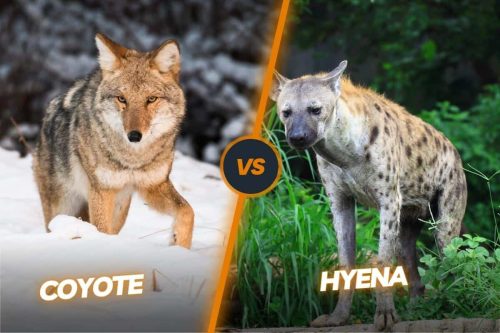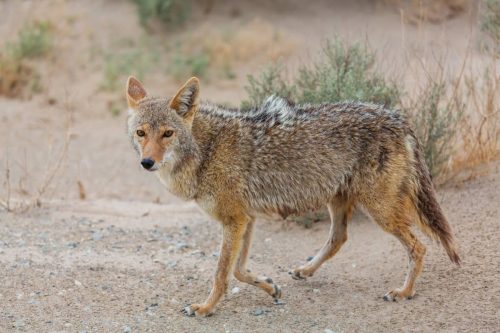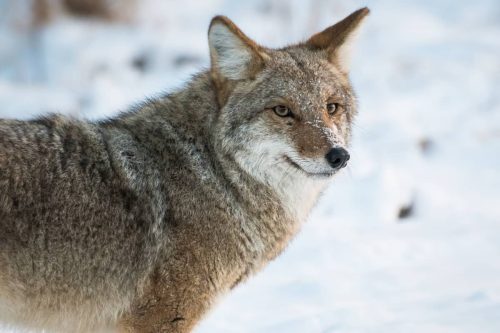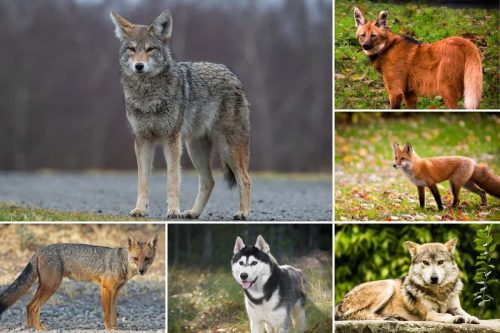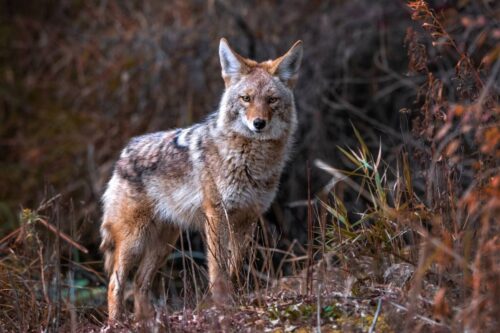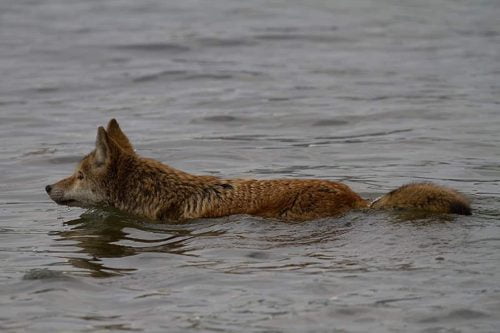Coyotes in North Carolina: Facts, Myths, and Conservation
Coyotes are also present in North Carolina, and like in many other states, their population has expanded and become established over the years. In North Carolina, they show a lot of resemblance to red wolves but they are smaller in size along with long but slender snouts and pointed but erected ears. They are typically darker gray in color. This eastern species of the coyote is overall larger in size as compared to their western counterparts.
Coyotes are found throughout North Carolina, including both the eastern and western parts of the state. They have adapted well to a variety of environments, from rural areas to suburban and urban settings.
In this article, we are going to explore the overall coyote presence in the state, their behavior, and general interaction with the ecosystem of the state. Coyotes in North Carolina have established their presence very firmly and it would be very interesting to discuss these species in detail.

Contents
- Historical presence of the coyotes in North Carolina
- Habitat of the coyotes in North Carolina
- Social behavior of the coyote
- Reproductive behavior
- Diet of the Coyotes in NC
- Coyotes-human interaction in North Carolina
- What prevailing factors have caused the coyote to move into North Carolina?
- Frequently asked questions
- Conclusion
Historical presence of the coyotes in North Carolina
The historical presence of coyotes in North Carolina, like in many eastern states, is a relatively recent development. Coyotes are native to the western parts of North America and were historically absent from the eastern United States, including North Carolina. However, their history in the state is marked by several significant developments.
In the mid-20th century, they began moving eastward, gradually colonizing new territories. It’s believed that the eastern expansion of coyotes into North Carolina began in the latter half of the 20th century. Human activities, such as deforestation, urbanization, and the creation of transportation corridors, likely facilitated the eastward movement of coyotes. They were able to exploit these changes in the landscape and gradually move into new areas.
As coyotes moved into the eastern United States, they occasionally interbred with other canid species, including red wolves, eastern wolves, and dogs. This led to the emergence of hybrid animals often referred to as “coywolves” “coydogs’ or “eastern coyotes.” These hybrids can exhibit a mix of coyote, dog, and wolf characteristics.
Today, coyotes are firmly established in the Tarheel State and are found in all 100 counties of the state. They have become one of the most widespread and adaptable carnivores in North Carolina’s ecosystems.
Habitat of the coyotes in North Carolina
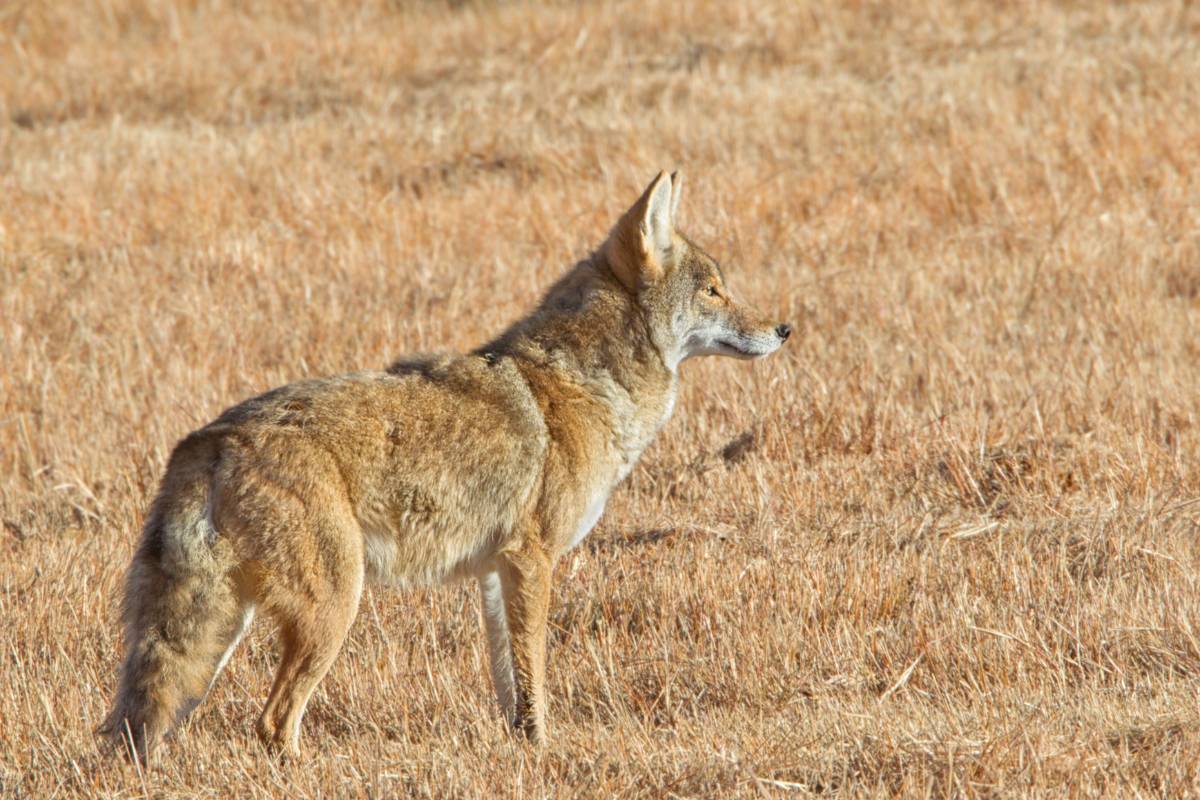
Coyotes are highly adaptable and can thrive in a variety of habitats. In North Carolina, this includes forests, fields, grasslands, wetlands, and even urban and suburban areas. Coyotes are known for their ability to adapt to human-modified landscapes. They have successfully established populations in both rural and urban settings. Coyotes often favor habitats with a mix of cover and open areas, such as the edges of forests, fields, and water bodies.
Also, read coyotes in Oregon state to learn more about coyotes expansion.
Social behavior of the coyote
Coyotes are primarily nocturnal, meaning they are most active during the night. However, they can also be active during the day, particularly during the breeding season or in areas with less human activity. Coyotes are generally solitary animals but may form family groups during the breeding season.
These family groups often consist of a breeding pair and their offspring. Coyotes are territorial and establish home ranges that they defend against other coyotes. The size of these ranges can vary based on factors like food availability.
Reproductive behavior
Coyotes typically breed in late winter, with mating occurring between January and March. Pups are usually born in the spring, with litters typically ranging from 3 to 7 pups.
Diet of the Coyotes in NC
Coyotes have an opportunistic diet. They are known to eat a wide range of food items, including small mammals such as rabbits, rodents, deer fawns, birds, insects, fruits, and carrion. Coyotes are skilled scavengers and readily consume carrion, including roadkill.
Coyotes-human interaction in North Carolina
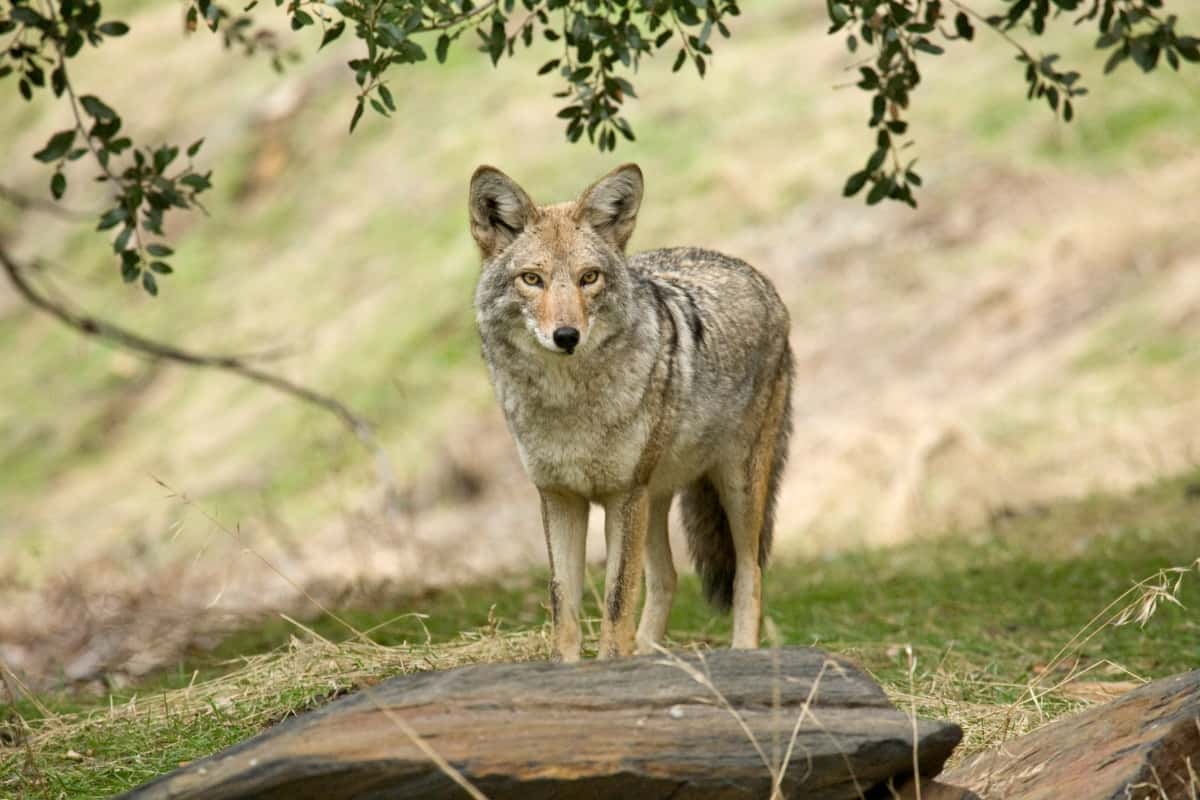
Coyotes in North Carolina, like in many other states, can have various interactions with human beings. These interactions can range from simple sightings to more complex situations, and they often depend on factors such as the location of the encounter, human behavior, and the coyotes’ behavior. Here are some common types of interactions between coyotes and humans in North Carolina:
Sightings
Many residents in North Carolina, particularly those in suburban and rural areas, may have occasional sightings of coyotes. Coyotes are typically shy and elusive, so sightings are often brief and from a distance.
Urban and Suburban Encounters:
In urban and suburban areas, interactions can become more frequent due to the proximity of human communities. This may include sightings in neighborhoods, parks, or near homes. Coyotes are often attracted to urban areas by food sources like garbage, pet food, and small rodents.
Pet Encounters
Residents may have concerns about the safety of their pets, particularly small dogs and cats when coyotes are present. Coyotes are opportunistic and may prey on small pets if given the opportunity.
Conflicts
In some cases, there may be conflicts between coyotes and residents. This can include issues such as damage to property, concern for pet safety, or perceived threats to human safety.
Coyote Vocalizations
People in North Carolina, especially in more rural areas, may hear coyotes vocalizing at night. Coyotes are known for their distinctive howling and yipping sounds, which can be a normal part of their communication.
Management Efforts
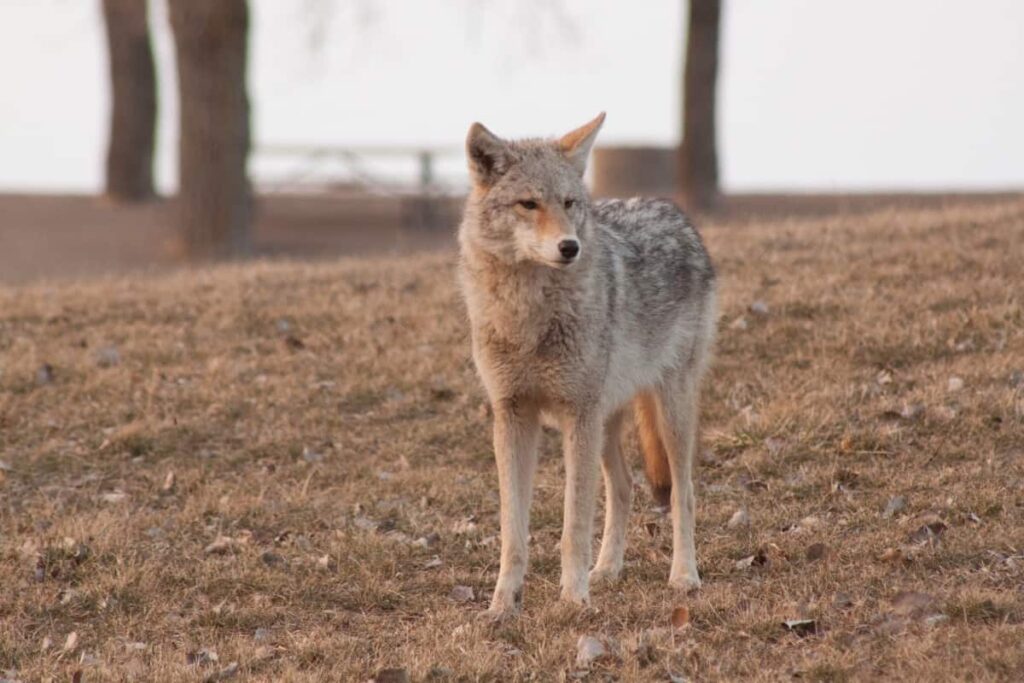
Wildlife management agencies, such as the North Carolina Wildlife Resources Commission, may implement management strategies to address concerns related to coyotes, including regulated hunting and trapping seasons.
It’s important to note that while coyotes are present in the state and may come into contact with human communities, negative interactions are relatively rare. Coyotes generally prefer to avoid humans and are not a significant threat to human safety.
Responsible coexistence measures, such as securing garbage, keeping small pets supervised, and not feeding wildlife, can help minimize potential conflicts and ensure safe interactions between humans and coyotes.
What prevailing factors have caused the coyote to move into North Carolina?
The movement of coyotes into North Carolina, as in other parts of the eastern United States, can be attributed to several factors like natural range expansion, human-mediated dispersal, resource availability, lack of natural predators, climate tolerance, habitat adaptability, and hybridization.
Frequently asked questions
Conclusion
The presence of coyotes in North Carolina reflects the dynamic nature of wildlife in our ever-changing ecosystems. These resourceful canids have seamlessly woven themselves into both urban and rural landscapes, becoming integral members of the state’s ecology. Coyotes play a vital role in regulating smaller mammal populations and contributing to the health and diversity of our natural environments.
Moreover, North Carolina’s ongoing efforts to manage coyote populations through regulated hunting and trapping seasons demonstrate a commitment to balance the needs of both humans and wildlife. These measures help mitigate potential conflicts and ensure the conservation of these resilient species.

Izzy is an experienced ranch worker who has a passion for exploring nature and getting up close to wildlife. With her connections to various animal organizations, Izzy is well-versed in animal care and rehabilitation.

